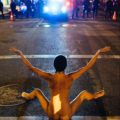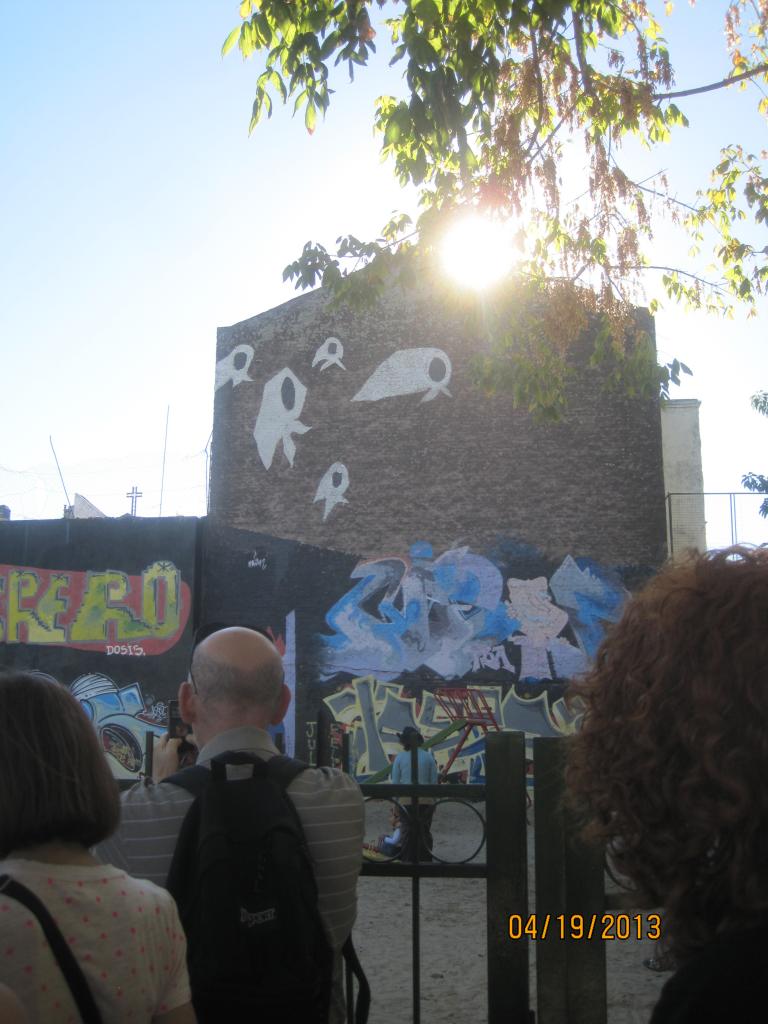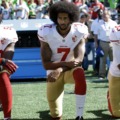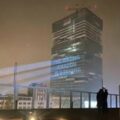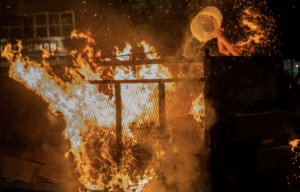
In the summer of 2020, amidst the pandemic lockdown, a man named George Floyd was murdered by Minneapolis police. The video of his killing led to outrage across the country, with protests spread from coast to coast.
Nestled in the Pacific Northwest, Portland, Oregon made headlines for the more than 100 days in a row of protests that followed Floyd’s murder. What began as peaceful demonstrations with thousands of people, children, families and the elderly all in attendance, quickly turned to something much more. The day time protests were powerful, yet peaceful, with a breathtaking amount of people flooding the streets begging for equality. However as the sun went down each night, things took a darker turn. The protests turned to riots, and the city of Portland was overflowing with devastating anger. The riots became the city’s new nighttime routine, and residents would take the streets dressed in preparation for the police response with tear gas, rubber bullets, and a multitude of arrests.
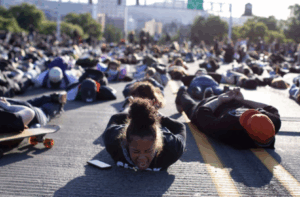
In late June of 2020, one of the most impactful protests took place on the streets of Portland, when thousands of people gathered and laid down on the Burnside Bridge for 8 minutes and 46 seconds. This was in honor and remembrance of George Floyd as that is the exact amount of time that he was pinned to the ground before he passed away.
This protest in particular made headlines, as the Burnside bridge is one of the largest in the city, and the vast amount of people who were in attendance managed to cover the entire bridge and flowed out on either side of it as well.
After this day, the riots and protests continued, and the line between peaceful acts of justice and violence were getting progressively more blurry. Residents of Portland had to be careful where they went out in the city as protests were turning violent quickly, and at one point late in the summer there was a curfew placed on the whole city. However this did not stop protestors from making their voices heard. In fact, the acts of destruction grew.
Buildings were being burned to the ground, businesses were being looted, and family neighborhoods were being filled with seas of rage. This had become more than what it was initially meant to be. Many Portland residents who had participated in the protests during the early weeks felt as though things had gotten out of control, and people were now using the tragedy as an excuse for petty crime.
As the summer came to a close, the protesting slowed down but did not stop. Downtown Portland bore a resemblance to a ghost town in a dystopian future. Buildings burned, statues torn down, and most of all the stores were covered by wooden boards and wire. This remained well into 2021 and only started to open back up at the slowest of paces. As of 2025, Portland has recovered the visual appeal of the city, yet the fierceness of those who live there still remains, and always will.

